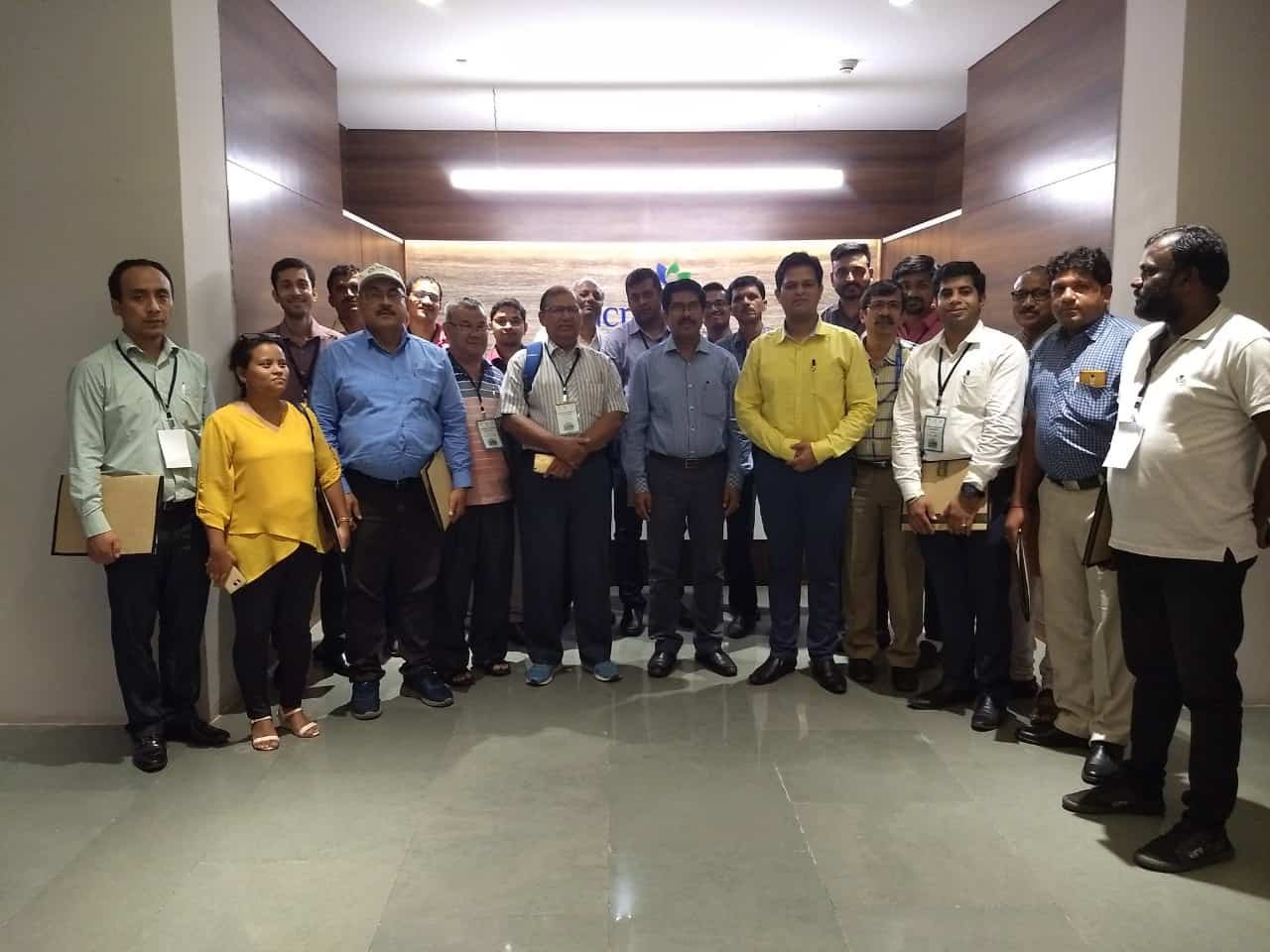Sunday, 30 November 2025

Senior professionals of the Crop Protection Industry, Kannan K Unni, Former Vice Chairman of Aventis Crop Science and Chairman Emeritus, Crop Life India; V Ramachandra Kaundinya, Former Managing Director of Cyanamid Agro and Former Chairman of Indian Crop Protection Association; Dr Vijay Raghavan Menon, Former Director, Technical Services of Aventis Crop Science have written to the Government of India to make careful considerations towards multiple issues including the requirements of small farmers who have been dependent on these pesticides for a long time and formed spray schedules to prevent pest resistance. Farmers have been already fighting the battle with Covid-19 and international agri chains being disrupted. The suddenness of this decision and a hard stop to so many important products without a phase out plan will add to the misery of the farmers.
Phase out plan
Some of the important recommendations of the three experts are: The phase out plan should categorise the 27 products into hazardous, less hazardous, toxic, moderately toxic and less toxic groups and separate treatment to be prescribed for each group and the hazardous products may be phased out as early as possible. The products selected for phase out may be allowed to be manufactured for the next two years and allow one additional year to dispose of the inventory fully, thus making it a three-year process. The overall toxicity profile of the pesticides that are used may be brought down over a period of 10 years (by 2030) in a phased manner. Exports of these chemicals should be continued owing to the global demand for these products.
According to Kannan K Unni, Former Vice Chairman of Aventis Crop Science and Chairman Emeritus, Crop Life India, “While the 27 pesticides have been under a review since 2015, industry was asked to generate some data which was submitted by them in the last two years to the regulatory authorities. This data should have been used by the authorities to prioritize the sequence of phasing out the most toxic ones over a defined period of time. Instead it is proposed to ban all of them suddenly. This list contains 12 insecticides, 8 fungicides and 7 herbicides. Three of them have red triangle (highly toxic), 8 have yellow triangle (Toxic), 12 have blue triangle (moderately toxic) and 4 have green triangle (slightly toxic). Based on this classification there are different levels of urgency for banning of these products and all of them do not deserve the same treatment”
Commenting on the drastic step taken by the government, V Ramachandra Kaundinya, Former Managing Director of Cyanamid Agro and Former Chairman of Indian Crop Protection Association and current Director General of Federation of Seed Industry of India said “Among the 27 products listed in the notification – Thiram, Deltamethrin and Carbendazim are used for treating seeds before the seeds are sold to the farmers. The treatment helps in protecting seeds from soil borne and seed borne microorganisms like fungi, bacteria and viruses. The difficulty is that there is no alternative identified to replace Thiram, a fungicide which is economical. Seed treatment are carried out in factories by companies so that the farmer in the field has very limited exposure to them.”
“Identification of affordable and low cost alternate chemicals for each of the pesticides proposed to be banned is paramount before a phase out is planned for keeping the cost of cultivation reasonable and that the small holder farmers can remain competitive and can afford the products. Safer products are available internationally. The CP industry needs supportive policy framework with IP protection to bring such products to India. Government may please discuss a plan with the industry” added Kaundinya.
Dr Vijay Raghavan Menon, Former Director, Technical Services of Aventis Crop Science said, “During the last forty years pesticide industry has been responding to the needs of the consumers and the farmers with gradually replacing products with application rates of more than 1Kg active ingredient (Strobilurins, Sunfonyl Ureas). Safety of products has improved and the pool of pesticides that are used now is much safer than what it was 30 years back.”
Unni, the elder statesman of the crop protection industry said “Looking at the toxicity and safety considerations, the industry will also have to take certain proactive measures like withdrawing the Red Triangle toxic products from market voluntarily. A plan of action may be arrived at, with the active involvement of the industry, a gradual phase out plan of the toxic products for domestic use and their replacement with suitable new products. The industry will also have to take a collaborative approach with the government on this front.”
Pesticide industry has been importing large volumes of intermediates and active ingredients from China. They have to define their revised sourcing strategies for the future given the current circumstances. Also, our Indian companies have built huge export business for these products which must be treated separately from domestic use. This industry contributed immensely to make “Make in India” successful. India should not lose that advantage, felt the experts.